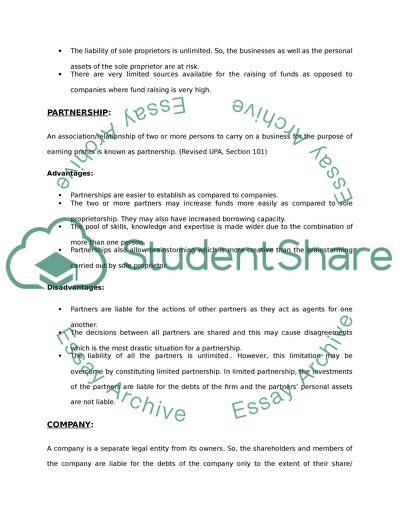Cite this document
(“Sole proprietorship Essay Example | Topics and Well Written Essays - 1500 words”, n.d.)
Retrieved from https://studentshare.org/finance-accounting/1417416-sole-proprietorship
Retrieved from https://studentshare.org/finance-accounting/1417416-sole-proprietorship
(Sole Proprietorship Essay Example | Topics and Well Written Essays - 1500 Words)
https://studentshare.org/finance-accounting/1417416-sole-proprietorship.
https://studentshare.org/finance-accounting/1417416-sole-proprietorship.
“Sole Proprietorship Essay Example | Topics and Well Written Essays - 1500 Words”, n.d. https://studentshare.org/finance-accounting/1417416-sole-proprietorship.


